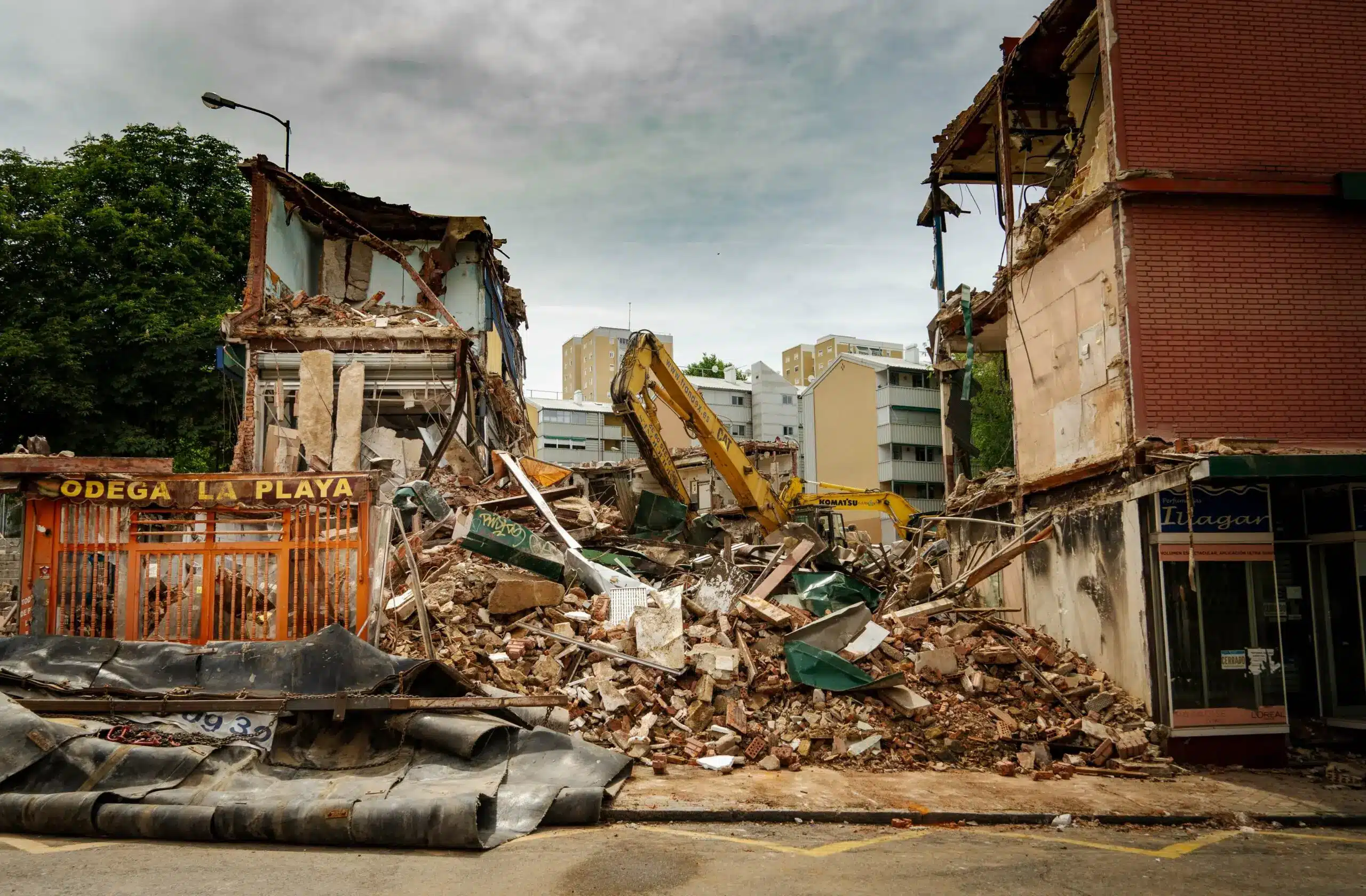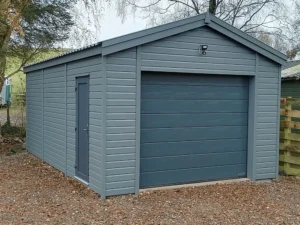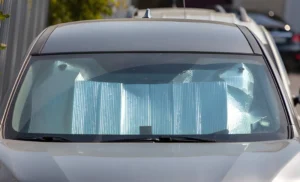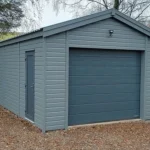Introduction
Protecting their property from earthquakes is a top concern for homeowners living in regions with seismic activity. Earthquake retrofitting is emerging as a proven strategy to reduce the risk of significant structural damage during seismic events. However, the question remains: is retrofitting truly worth the investment? Homeowners often weigh the up-front costs against long-term safety and financial benefits. Understanding the earthquake retrofit cost can help property owners make informed decisions about their home’s resilience.
Retrofitting involves strengthening a home to better withstand earthquakes, potentially saving tens of thousands of dollars in future repairs. Evaluating these costs compared to the alternative—major structural damage or even total loss—underscores the significance of proactive planning. The approach to cost-effectiveness is not just about dollars and cents; it also considers factors like homeowner safety, peace of mind, and the potential for insurance savings after completing retrofits.
In places like California and the Pacific Northwest, state and local governments offer financial incentives and grant programs to make seismic upgrades more accessible. As public awareness grows and seismic events become more frequent, understanding the true cost-benefit of earthquake retrofits has never been more urgent for homeowners evaluating their options.
Understanding Earthquake Retrofitting
Earthquake retrofitting is a construction process that reinforces older homes so they can better withstand ground shaking. Techniques vary, but the most common include bolting the house frame to its foundation, bracing cripple walls, and reinforcing masonry to prevent collapse. These upgrades aim to prevent the home from sliding off its foundation or sustaining catastrophic structural damage.
Many homes built before modern seismic codes are at the greatest risk. By updating these structures, homeowners protect not just their property investment but also the safety and well-being of their families. The cost of such improvements varies widely, depending on the home’s structure, age, and location on a seismic map.
Average Costs of Retrofitting
Home retrofit costs can be significant, but they are typically far less than those associated with repairing earthquake damage. For basic retrofitting—such as foundation bolting and wall bracing—homeowners can expect to pay between $3,000 and $7,000. More comprehensive solutions, including chimney reinforcement or installation of shear walls, can range from $10,000 to $30,000, or even more for large properties or homes with unique vulnerabilities.
In cities like Seattle, where older homes often sit on raised foundations, the price for effective retrofitting can fall between $6,000 and $12,000. These figures help demonstrate that proactive investment in retrofitting is relatively modest compared to the potential financial devastation left behind by a significant earthquake.
Potential Damage Costs Without Retrofitting
Homes that have not been retrofitted face a greater risk of catastrophic damage during an earthquake. According to the California Seismic Safety Commission, repairs to a severely damaged home can easily exceed $100,000. This is in addition to costs related to temporary accommodation, replacing lost belongings, and the emotional toll of displacement.
Many homeowners discover too late that insurance and aid do not cover the full cost of repairs or rebuilding. Significant structural issues can label a home unsafe, requiring costly repairs or even reconstruction from the ground up.
Financial Incentives and Assistance Programs
Various assistance programs are available for homeowners, particularly in high-risk areas, to help offset retrofitting costs. For instance, the California Earthquake Brace + Bolt (EBB) program offers grants of up to $3,000 to eligible homeowners. Other regional grant programs, often aimed at low-income applicants, may provide substantial additional funding or even cover the full cost of retrofitting for qualifying households.
Exploring these incentives can distinguish between an expensive out-of-pocket investment and an affordable upgrade that improves safety and home value over time.
Insurance Benefits
Homes that have been retrofitted often qualify for significant earthquake insurance discounts. The California Earthquake Authority and other major insurers offer premium reductions—sometimes 20% to 25%—for houses with documented seismic upgrades. These lower premiums add up over time, further offsetting the upfront investment in retrofitting. In earthquake-prone regions, these insurance savings can be a substantial long-term benefit for homeowners.
Return on Investment (ROI)
The financial case for retrofitting is strong. According to studies and industry analysis, each dollar put toward retrofitting improvements can yield up to seven dollars in future savings through avoided damage, reduced insurance costs, and increased property value. While safety and peace of mind are hard to quantify on a balance sheet, these non-financial benefits are often the most valuable aspects of a retrofit investment.
Real-Life Examples
In the aftermath of the 2019 Ridgecrest earthquakes, homeowners in retrofitted properties frequently found their homes habitable, while neighbors without upgrades faced months of displacement and repairs. Many shared that the psychological comfort provided by seismic improvements was just as important as the structural integrity of their homes. These case studies reinforce that those investing in earthquake retrofitting often achieve the best outcomes in personal safety and financial security.
Conclusion
Investing in earthquake retrofitting is a proactive and effective strategy for homeowners in seismically active regions. While upfront costs may seem daunting, the long-term benefits—including significantly reduced damage risk, lower insurance premiums, access to valuable grant money, and priceless safety assurance—clearly outweigh the initial investment. When the consequences of inaction could mean loss of property or worse, retrofitting remains an essential choice for resilient homeownership.
Also Read-A Stress-Free Way to Unwind at Home










